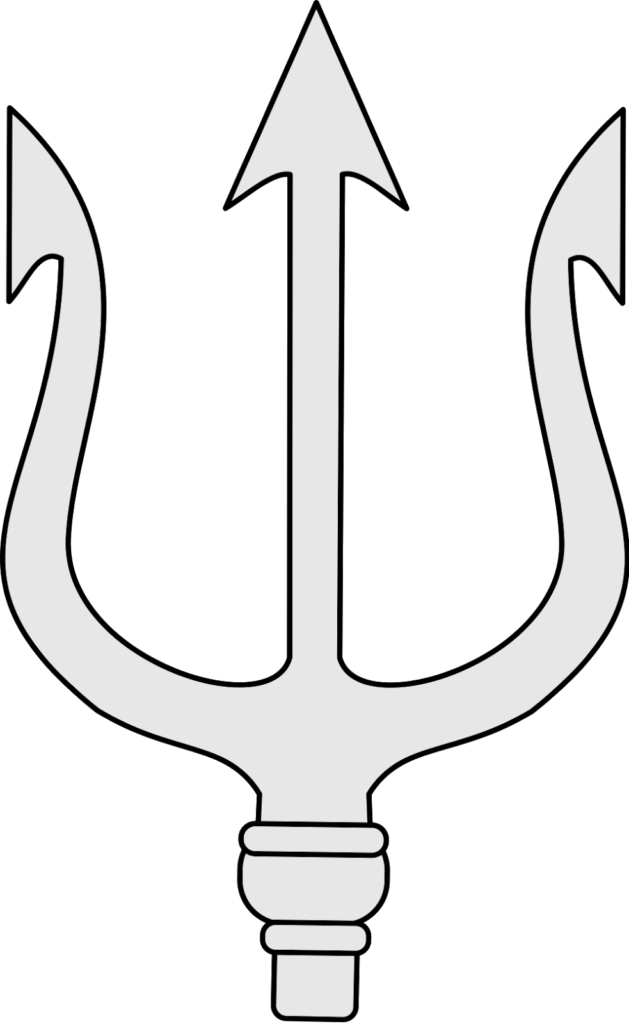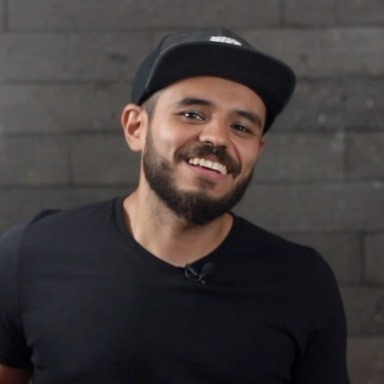The consultant mindset may not be something you are born with, but it is certainly a skill you have to develop and embrace if you are working in a digital consulting or technology company. Understanding what is valuable for both our clients and the team is a necessary tool to create impact.
What do I mean by value?
Value is defined as “the regard that something is held to deserve; the importance, worth, or usefulness of something.” But what makes value interesting is that what is important to you may not be important to others. When people talk about adding value, usually, they are speaking from an individual perspective. This individual perspective placed on value means that my client, team, and I will have different opinions on what is valuable.
“Value is not only what is important for yourself or others, but is also a tool to understand how to influence and do things that really represent something, to the client, to the team, and yourself.”
How can we manage these different perspectives?
It took me some time but I figured out a good system. I named it The Trident Value.
Why trident? A trident has three sharp points. All move together, and are tied to the same root. Therefore, when you are working in consulting; the client, the project team, and you are tied to the same root objective—the product.
Even with the same root objective in common, the value for each one is different. So, it is critical to identify what is most valuable for the client, the team, and lastly, you. Host a kickoff meeting, conduct a workshop, write it down, revisit these goals when necessary.
How do I know what is valuable?
Here is where the other part of this system comes to play, the value or V.A.L.U.E.
Working in consulting means that you will have to find a way to not only do your job well but also align it with what is valuable for the client, the team, and yourself. I know, from experience, that finding what is valuable for others or myself can be a journey, so I purpose to narrow this down and focus on aligning five key points—the V.A.L.U.E.
V for Vision
What is your client’s vision, the goal, the most important thing about their product? Understand how your team wants to create, recognize the team’s process, and contribute to enhancing it. Work to align your own vision with the team. Find your impact and role in the trident. When the vision is not aligned, collaboration is painful.
To understand this vision, I love working in a Foundations framework. Not all clients opt into this part of the Wizeline process, but in my experience, it is one hundred percent easier to understand and align a team when all the people involved worked together on scoping and setting milestones. When running a Foundations framework workshop, we have sessions with clients to understand the needs of their project. Then, we work to align the time to deliver the project. Here, we can present our plan to solve their challenge and how it will get done. One of our clients that has put this into practice is Discovery Kids, which initially had a plan to work with Wizeline on a three-month project and has now become a year-long partnership.
A for Attitude
Each interaction with the client and team is an opportunity to create a good work environment. Taking the responsibility in developing our self-awareness to have the correct attitude at the correct time is key to smooth communication and collaboration.
Although having an active conscious is tricky, I use the line rule, recommended by the Conscious Leadership Group. Basically, it states that life happens, good and bad, and we encounter situations every day. We can react above or below an imaginary line. Being below the line means, we focus our attitude on blame. Being above the line means we learn from the things that happen to us, to make us better. In other words, taking responsibility for the work environment we create and how we learn from the challenges is a game-changing life hack.
L for Leverage
When working in consulting, you’ll often have to face situations where you need to plan from scratch. Your clients want your advice and you have to take ownership. From a software QA perspective, this means creating a complete Test Plan and Test Strategy from scratch. Some time ago, while working on a big web project for one of our partners, I faced one of the toughest challenges in my career and the biggest application I had worked on. For weeks I created a roadmap and documented my plan. I soon realized that I would be short on time to meet the requirements. But what happened next is the best lesson I learned from that project. When I mentioned to my team that I thought I wouldn’t finish in time, they said, “How can we help?” After a sync, each team member took a part of the plan and helped me get it done. The result? The first project in which Wizeline used Shift Left methodology.
Teamwork is all about collaboration. It is easier when we understand that our work is part of the team’s vision. In that regard, it is really important to take advantage of teamwork. When you try to create a proof of concept, or when you try to push a new process, your work is in part representing the team’s vision. Therefore, leverage your team! It is easier to change a process or to create an idea when someone has your back. A collaboration mindset is key to fast results. You do not have to do everything by yourself.
U for Unity
Are you working as a unit? How can you be sure? Team dynamics are different but I believe the key to answering these questions is having your entire team’s opinions about what the team is doing. For example, think about how long it would take to get your work done. Is everyone involved in the delivery of the project owning this? I have worked in teams where others estimate my work. The key to unity is caring about others’ points of view. A unified team can better scope, create, and deliver.
E for Effectiveness
A common error is focusing on being efficient. Delivering fast even when the process is not the best. The worst-case scenario is when we do not even care about the process because we think it is efficient.
But, what happens when what is efficient is not what’s most effective?
Imagine you have to validate one hundred users each time the team releases a new version of the product. You are pretty efficient, have the list of users at hand, you are the fastest typer in the world and can do it faster than anyone else. But even if you are fast, you will not be as fast as an automated functional framework. Or better yet, a continuous testing environment where your validations automatically run each time the team releases. Effectiveness is all about perspective and curiosity. I highly recommend that you evaluate how you do things every now and then.
It is all about how you are getting things done. Remember that all the effort and how you work as a team is for a common goal. In our case, that goal is our project deliverables. Being effective in our role is important for our growth. Efficiency is also important, but how we get things done in the long term is the way that your team, client, and career will grow.
Peter Drucker said,
“There is nothing so useless as doing efficiently that which should not be done at all.”
Pro Tips:
- Focus on effectiveness and quality in your process.
- Analyze how you do things, even if you are efficient, does not mean you are doing it in the most effective way. Ask yourself, Is it the best way to do it?
- A healthy team cares about how things are done, not just how fast they are delivered. Learn through curiosity!








